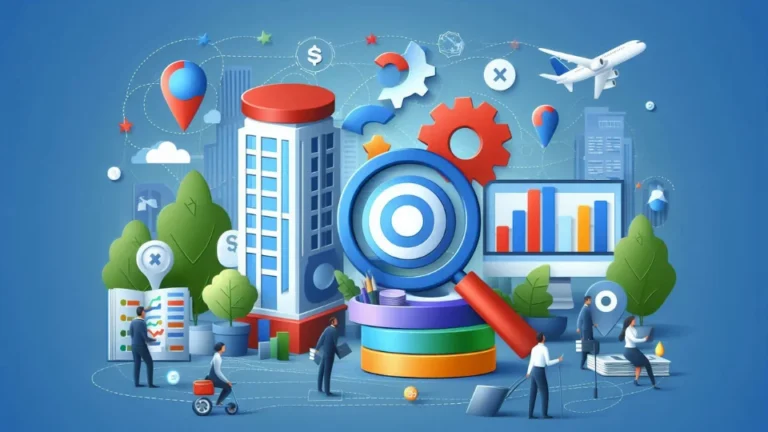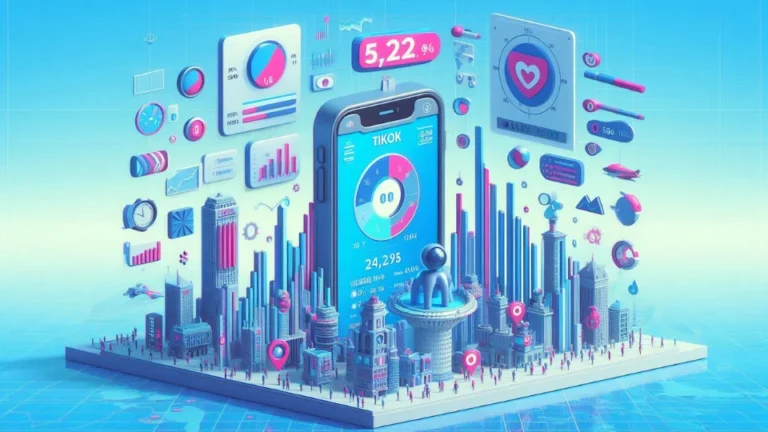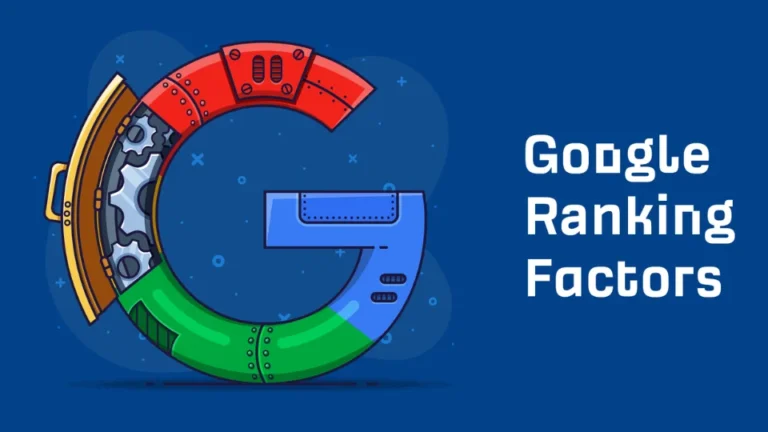On-Page SEO: The Definitive Guide to Optimizing Your Website
Search engine optimization has two core components: on-page SEO and off-page SEO. If you want your website to rank higher on Google, on-page SEO is where you start.
This guide will break down everything you need to know about on-page SEO in simple terms. Whether you’re a beginner or looking to refine your current strategy, this is your go-to resource.
What is On-Page SEO?
On-page SEO refers to all the optimizations you make directly on your website to improve its search engine rankings. It includes content, HTML elements, site structure, and internal linking.
Think of it like this: If your website were a book, on-page SEO would be everything inside the pages—from the chapter titles to the paragraphs, to how the pages are organized.
Why On-Page SEO Matters

Search engines use on-page factors to understand your content and rank it accordingly. If you get your on-page SEO right, you’re signaling to Google that your content is relevant, trustworthy, and user-friendly.
Key Benefits of On-Page SEO:
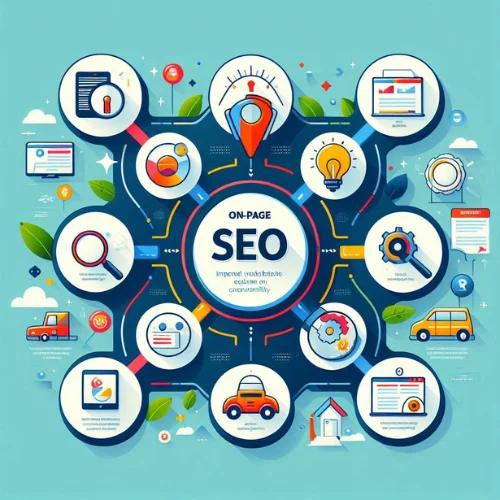
- Higher search engine rankings
- Better user experience
- More organic traffic
- Increased time on site and lower bounce rates
- Higher conversion rates
The 10 Most Important On-Page SEO Elements
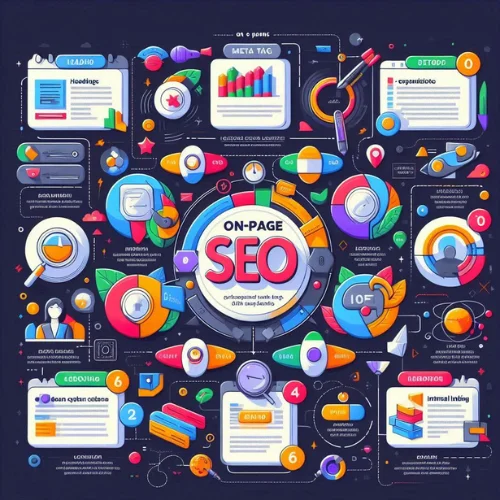
Let’s break down the core components of effective on-page optimization:
1. Title Tags
Your title tag is one of the first things search engines and users see. It should include your target keyword and remain under 60 characters.
2. Meta Descriptions
Though not a ranking factor, meta descriptions impact click-through rate (CTR). Write compelling descriptions under 160 characters, naturally including your keyword.
3. Header Tags (H1, H2, H3…)
Use header tags to organize your content and help Google understand its structure. Always use one H1 per page, followed by H2s and H3s as needed.
4. URL Structure
Keep URLs short, keyword-rich, and readable. For example:yourdomain.com/on-page-seo-guide
5. Keyword Optimization
Place your primary keyword in:
- Title tag
- First 100 words
- Headers
- Meta description
- URL
Avoid keyword stuffing. Use LSI keywords (related terms) for more natural optimization.
6. Image Optimization
Use descriptive file names and alt text for all images. Compress images to reduce load time.
7. Internal Linking
Link to other relevant pages on your site using keyword-rich anchor text. This helps both users and search engines discover more of your content.
8. External Linking
Linking to high-authority, relevant websites can increase trustworthiness and context.
9. Mobile Responsiveness
Make sure your site works well on all devices. Google uses mobile-first indexing.
10. Page Speed
Slow pages frustrate users and reduce rankings. Optimize images, use caching, and clean up unnecessary scripts.
Comparison: On-Page SEO vs. Off-Page SEO
| Feature | On-Page SEO | Off-Page SEO |
|---|---|---|
| Control | Full control | Limited control |
| Location | On your website | Outside your website |
| Examples | Content, HTML tags, internal links | Backlinks, social signals |
| Primary Goal | Optimize user experience & content | Boost authority & trust |
| Tools | Yoast, RankMath, Google Search Console | Ahrefs, SEMrush, BuzzSumo |
On-Page SEO Checklist (2025 Edition)
Use this checklist to make sure your pages are fully optimized:
- Use one clear H1 tag
- Include the target keyword early in content
- Write an engaging meta description
- Optimize title and URL
- Use H2 and H3 headers
- Add alt text to all images
- Link to 2–5 internal pages
- Include 1–2 authoritative external links
- Ensure mobile-friendliness
- Compress images for fast loading
- Use schema markup if possible
- Check crawlability via Search Console
Pros and Cons of On-Page SEO
Pros:
- Complete control over implementation
- Immediate impact on user experience
- Boosts search rankings long-term
- Improves content readability and structure
Cons:
- Requires ongoing updates
- Can be time-consuming
- Doesn’t build authority like backlinks do
- Must be paired with quality content
Advanced Tips for On-Page SEO
Once you’ve mastered the basics, level up your SEO game with these tips:
1. Use Schema Markup
Schema helps search engines better understand your content and can enable rich snippets.
2. Optimize for Featured Snippets
Use concise answers in bullet or numbered lists to appear in the “zero” position on search results.
3. Refresh Old Content
Update older posts with new stats, keywords, and better formatting to maintain rankings.
4. Use Heatmaps
Understand how users interact with your site and optimize high-click areas.
Frequently Asked Questions (FAQ)
What is the difference between on-page and technical SEO?
On-page SEO focuses on content and HTML elements. Technical SEO deals with backend issues like XML sitemaps, site architecture, and crawlability.
How often should I update on-page SEO?
Review and update every 3–6 months, especially high-traffic pages.
Can on-page SEO alone boost rankings?
It’s essential, but not enough by itself. Combine with off-page SEO, technical SEO, and high-quality content for best results.
Do keywords still matter in 2025?
Yes, but focus on intent and natural usage. Google rewards helpful, context-rich content over keyword stuffing.
Conclusion: Start Optimizing Your Site Today
On-page SEO is the foundation of every successful SEO strategy. It ensures your content is discoverable, readable, and engaging—for both users and search engines.
By following this definitive guide, you’re taking a big step toward higher rankings, more traffic, and a better user experience.
Next Step: Use the checklist above to audit your key pages. Then, apply improvements using the tips you’ve learned here. Keep testing, keep improving, and stay ahead of algorithm updates.


